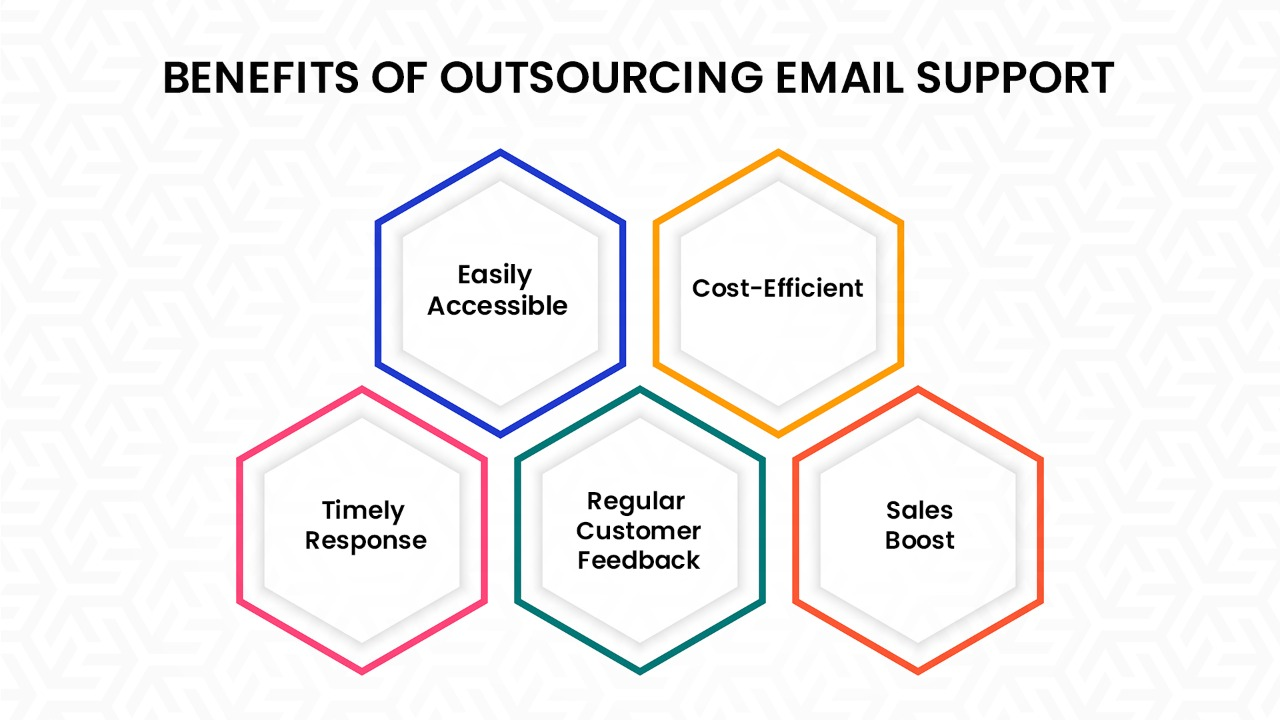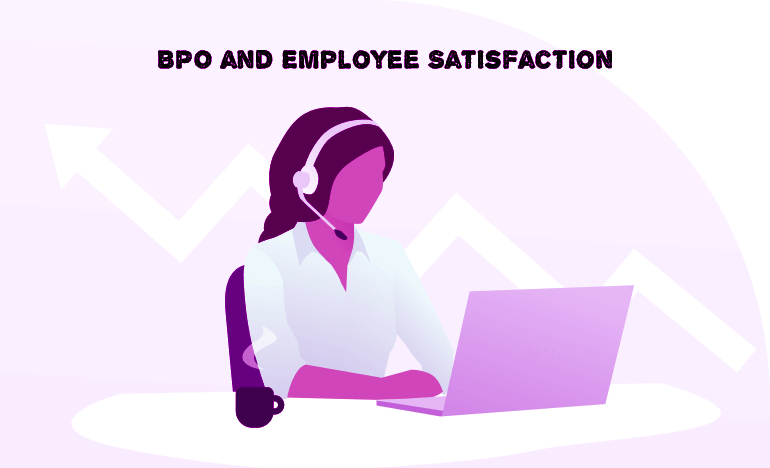What Is Voice of the Customer (VOC) and How to Master It
Picture this: you release a new product or service. You were certain it would take the market by storm; however, it bombed instead. Now, think about the same situation again, but this time, you use customer feedback to guide your choices. Can you guess what could happen?
A new study by Mckinsey shows that getting customer input can boost upsells and cross-sells by 15% to 20%.
In today’s competitive business world, gut instinct just isn’t enough anymore to give customers what they need. You’ve got to be ready to hear customers and act on their feedback if you want to stay on top.
This blog will spill the beans on the voice of the customer program. We’ll also share some handy tips and tricks to help you become a pro at it.
An Overview of the Voice of Customer (VOC)
Let us start with the basics first:
What is the Voice of Customer?
Voice of Customer, commonly abbreviated as VoC, is a strategic method to understand the pulse of customers—from their expectations to exact preferences, thereby leading a seamless way to excellent customer experience (CX).
In simpler terms, VoC is just about analyzing customers’ opinions about your products and services—either directly or indirectly.
Why is the Voice of Customer Important?
As we discussed earlier, Voice of Customer is a bridge that helps businesses connect with the needs and expectations of their customers. This is exactly why VoC is vital for every business, irrespective of its size and type.
By using the VoC strategy, companies can:
- Enhance the quality of products/services
- Ensure exceptional experience to clients
- Make the right decision at the right time, and a lot more…
With all the above benefits, companies can further:
- Improve the overall satisfaction level of clients
- Increase the customer trust
- And finally, grow the business like never before
Not to forget, the Voice of Customer also aids companies to keep up with the latest trends, thereby staying ahead of the curve.
Top 5 Benefits of Voice of Customer Program
Now that you know the Voice of Customer meaning and importance, it is time to explore the top five benefits of utilizing VoC techniques:
1. Improved Customer Satisfaction
According to Mckinsey research, satisfied customers are not just less willing to cancel the subscription but are also more interested in adding services or upgrading their existing packages.
By implementing VoC techniques, you can promptly address the needs of your clients that in turn will keep them satisfied and happy.
2. Enhanced Quality
PWC recently stated that 32 percent respondents said they will stop doing business with a firm after just a single negative experience—no matter how much they loved the services before.
There is no better solution than the Voice of Customer to facilitate meaningful transformations and improvements.
3. Reduced Churn
According to Kolsky, 67 percent of consumers stated bad experiences to be the top reason for churn.
This is when the VoC comes into the picture. With the right Voice of Company techniques, companies can effortlessly understand customer needs better than they know themselves. Plus, analyzing and addressing customer issues also becomes faster with VoC.
4. Increased Marketing ROI
HubSpot reported that 93 percent of clients are likely to make repeat purchases with companies that offer excellent customer service.
Needless to say, personalized services based on VoC can result in increased customer retention and overall bottom line.
5. Competitive Benefits
According to a Deloitte report, customer-centric companies make 60 percent more profit than those who do not pay attention to customer needs.
Prioritizing your customers and making the most of their insights can always give an edge to companies over their competitors.
Top 3 Common Misconceptions about Voice of Customer (VOC)
There are quite a few myths about the Voice of Customer as well. Let us debug them here:
1. It is just another survey
The Voice of Customer technique is much more than just a survey. It basically includes several feedback channels to provide a clearer picture of customer engagement.
2. It is only for big companies
This is not true. Every company, be it small or big, can implement the Voice of Customer programs. Methods can be different but the results and the whole principle remain universal.
3. It is a one-time process
On the contrary to this myth, the Voice of Customer is a continuous process. Given that customer requirements keep changing, the Voice of Customer techniques should also be up to date.
Must-Try Voice of Customer Techniques (With Templates)
The question here is not what are VoC techniques, but what are the most effective methodologies you must try.
According to Statista, over 89 percent of organizations utilize online surveys to gather customer data and feedback.

Let us now find out what are the other four must-try Voice of Customer techniques:
1. Online Customer Surveys
To get the most out of online customer surveys, you should ask the right questions at the right platform—most importantly, to the right audience.

2. In-Person Surveys
In-person surveys are mostly used by medium-sized companies while conducting customer research. As the name suggests, it gives companies a thorough understanding of each and every customer.

3. Customer Interviews
This is one of the most traditional Voice of Customer techniques. This is either conducted with one customer or a group of customers with the same attributes.

4. Emails
Emails can be either formal or informal. Additionally, you can customize it according to specific customers and even add survey links.

5. Dedicated Feedback Form
No matter which VoC methodology you use, you cannot skip a feedback form. Let your customers share their feedback openly, helping you to improve your services in no time.

5 Current Challenges & Possible Solutions in the Voice of Customer (VoC)
Like a coin has two sides, implementing VoC techniques also presents both opportunities as well as challenges. Here are five common challenges you may encounter with effective solutions to address them along the way:
1. Wide Pool of Information
It is no news that the Voice of Customer landscape is all about data—a vast amount of data. This is certainly due to the rise of numerous feedback channels. As a result, companies are often flooded with data, which in turn, makes it a bit overwhelming to choose relevant, actionable information.
Solution:
Advanced data analytics as well as AI-based algorithms can help efficiently pay attention to patterns that are actually useful.
2. Zero Integration Across Platforms
Integration across platforms is extremely crucial. Without integration, companies end up juggling with numerous feedback tools. This not just leads to fragmentation of VoC data streams but also leaves room for missed insights.
Solution:
Implement a unified Voice of Customer platform solution. It will merge the diverse streams, making sure a 360-degree view of customer feedback.
3. Unable to Focus on Feedback
Another challenge is the problem of sorting feedback. With so many inputs, figuring out which issues need immediate attention, and which are less important becomes tricky.
Solution:
A feedback scoring system or improved grouping based on MRR, or other data backed by AI, can help sort and point resources to the right areas.
4. Changing Customer Needs
With technological advancement, customer demands also increase—which is another challenge faced by most businesses today.
Solution:
Businesses can keep up with these shifts by doing regular market studies, reaching out to customers, and offering employees the necessary training on new trends.
5. Lack of Resources
Not having enough resources often holds back what VoC programs can do. This is one of the top reasons why businesses hesitate to try Voice of Customer programs.
Solution:
Using AI-powered software can make things run smoother letting companies do more with fewer workers. These smart systems can do many jobs and in the best way, so you don’t need as many people. Also, putting money into this tech can pay off more over time making it a smart choice that doesn’t cost too much in the long run.
5 Future Trends in Voice of Customer
If you made up your mind to give Voice of Customer techniques a try, here are five emerging trends you should be keeping your eyes on in the future so that you can be prepared to adapt in meaningful ways:
1. Voice and Text Will Take the Center Stage
Companies have made peace with the fact that lengthy surveys with numerous questions and those old-school responses (ranging from “Happy” to “Unhappy”) are not giving the desired engagement.
As a result, businesses now aim to make it easier for customers to give feedback. They let customers comment on any aspect they choose; in whatever way they prefer. Amazon, for instance, has simplified its process. Customers can now give an overall star rating, add a title, upload a photo if they want, and most, write a review.
Audio feedback in apps or through devices like Alexa can help brands get more customer responses and better insights. This happens because customers share what matters to them, not just answers to standard questions they might not care about. As a result, companies can boost their feedback rates and improve the quality of information they receive.
2. Natural Language Process Will Empower Companies
The rise in open-ended written and voice feedback highlights how crucial NLP-based text analytics are in VoC solutions. NLP lets computers grasp and interpret human language, both written and spoken. This covers feedback from social media, chatbots, and voice texts. It can boost the amount of customer feedback organizations can analyze.
In the coming times, companies will not have any option but to use NLP and other ML tech to step up their VoC game. These technologies will certainly help them analyze unstructured customer feedback better and more, thereby giving them a fuller picture of what customers are saying.
3. Google Maps Will Lead Companies to Customers
Are you running a business where customers visit you (like eateries, hotels, or stores)? If yes, you must know this—people today use Google Maps to find you.
The way people find local businesses has changed. Google Maps is now a key player. It’s not just for directions anymore. It’s become a go-to for finding nearby places to eat, shop, or stay.
But here’s the kicker: being on Google Maps isn’t enough. According to Chatmeter, 41 percent of people prefer the top three listings. Plus, half of the individuals who search locally on their phones visit a business within a day.
So, you need to be at the top. The first three spots get almost half of all clicks. That’s a big deal. If you’re not in those top spots, you’re missing out on a lot of potential customers.
So, if you run a local business, pay attention to your Google Maps listing. It could have a big impact on your foot traffic and sales. It’s not just about being online anymore. It’s about being found when people are looking for what you offer.
4. Unspoken Feeback Capturing Will be Possible
An online search shows that 8% to 25% of unhappy customers won’t complain to a company. But they’ll tell friends and family about their bad experiences and might choose a competitor next time.
When customers interact face-to-face with a company, computer vision and voice analysis tools can spot these “quiet customers.” These tools can also figure out if the customer left happy or not.
Companies must follow privacy laws when they do this. But looking at things like words used, tone of voice, facial expressions, and body language can help understand how customers feel those who don’t give direct feedback.
Companies will witness increased testing of visual recognition and speech analysis technologies in customer feedback systems soon. The coming months and years may bring more experiments with these tools for understanding customer opinions.
5. Integrated Customer Feedback Will Be the New Norm
Many companies now use separate VoC systems for different channels. These systems show insights from one sales channel, location, or feedback type, like social media or surveys. Data stuck in these separate systems doesn’t help much.
That’s why more companies are already trying to combine customer feedback from many channels and places into one system. This approach can be useful.
Having all this info in one place that the company controls make it simpler to combine it with other data they own. This gives them a better picture of their customers and business.
Needless to say, combining data from different sources isn’t easy. But companies think it’s worth the effort. They believe it will help them serve customers better and grow their business.
This trend shows how important customer feedback is becoming. Companies are investing more in understanding their customers. They know this knowledge can give them an edge over competitors.
Wrapping Up
Companies need to master the Voice of the Customer to succeed. A strong VoC program does not just turn customer feedback into useful insights but also drives innovation and builds loyalty.
VoC is more than just gathering data. It involves listening, analyzing, and responding well.
As you start this process, keep improving and put customers first in all decisions.
A good VoC plan can help you beat customer expectations and make your business stand out from competitors. So, stop guessing and start winning by giving an ear to your customers’ voices!
source: voice of customer




Comments
Post a Comment